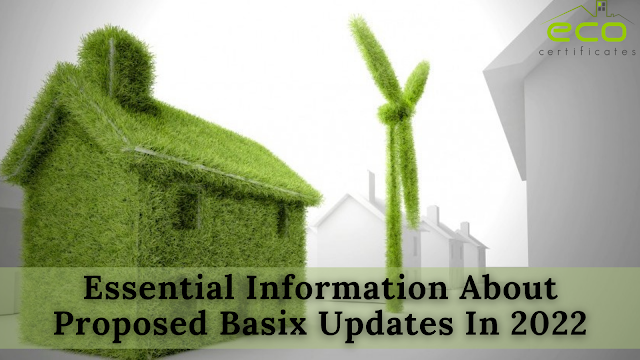What is BASIX?
The Building Sustainability Index, commonly known as BASIX, is an NSW Government initiative that aims at reducing the use of water and electrical power by defining sustainability targets for new and remodeled homes.
The BASIX certificate was introduced for three reasons:
- To work on upgrading the lifestyle of the people of NSW
- Safeguarding the climate
- Maintaining a solid economy
Basix identifies various components of residential dwellings, including thermal comfort, water intake and energy consumption capacity, location, construction size and many other important elements to provide the occupants with green and economic living conditions.
Wondering what was the impact of the BASIX report and certificate?
- BASIX has eliminated 12.3 million tonnes of greenhouse gas from entering our air in the past 17 years.
- The homes that meet the BASIX requirements are collectively estimated to have saved 340 billion liters of potable water and reduced emissions equivalent to 12.3 million tonnes of carbon dioxide (CO2).
Why Are New Changes Getting Implemented In The Basix Report?
The NSW accepted a national plan (Trajectory for Low Energy Buildings) that aims for zero-energy and zero-carbon emission. It essentially proposes to increase energy efficiency at a low cost.
The NSW State Government is working on this low-energy building plan to achieve a net-zero emission by the year 2050. The higher standards are most likely to be applied by late 2022.
The public authority proposes expanding the BASIX norms for thermal comfort and energy for all new houses, with a few exceptions. The homes in the North Coast climate zones and apartments of up to 5 storeys are ruled out.
What Are The Benefits Of Higher Standards?
Since the new standards are primarily concerned with energy proficiency, having higher standards can save more energy and consequently the occupant's energy-bill expenses.
The upgraded BASIX report standards will eliminate another 150,000 tonnes of greenhouse gas a year. This is approximately equivalent to running 31 wind turbines running for a year generating enough electricity to power 27,000 homes each year or planting around half a million trees.
You can accomplish brilliant living conditions by involving modified plan designs considering the locale's climatic conditions, orientation and more. By achieving better thermal efficiency, you can naturally maintain a cool and warm environment according to the occupants' requirements.
How Can You Achieve The New BASIX Standards?
There is a complete range of sustainable design features from which both house owners and developers can opt-in order to achieve a higher standard BASIX report.
- Focus working on the design and layout of windows for the overall natural cooling and heating of the living space.
- Install better insulation and ventilation as per your climatic conditions. You can go for insulating your ceiling and roof, or you can try light colors for the roof.
- You can try the JV3 modelling as an alternative model of your residence to get an idea of energy consumption.
- Install water-saving kitchen appliances such as water-efficient toilets, kitchen taps, bathroom taps, and electrical appliances with a high rating.
- Switch to a solar energy system as an alternative for heating and cooling systems as the electrical options consume excessive energy, release greenhouse gases and fail at providing you with sustainable living.
Ensure to get your BASIX documentation and
JV3 modelling performed by a professional building consultant.
Conclusion
According to the Cost-analysis associated with new BASIX standards, the average cost for residential dwelling construction (independent house, residential flat buildings, etc.) will increase. However, the lifetime savings of the occupants on energy bills will be much higher.
This will enable the project owner to offer value for the property cost. In fact, the minor increase in the mortgage payments is balanced by the regular saving in the energy costs.




Comments
Post a Comment